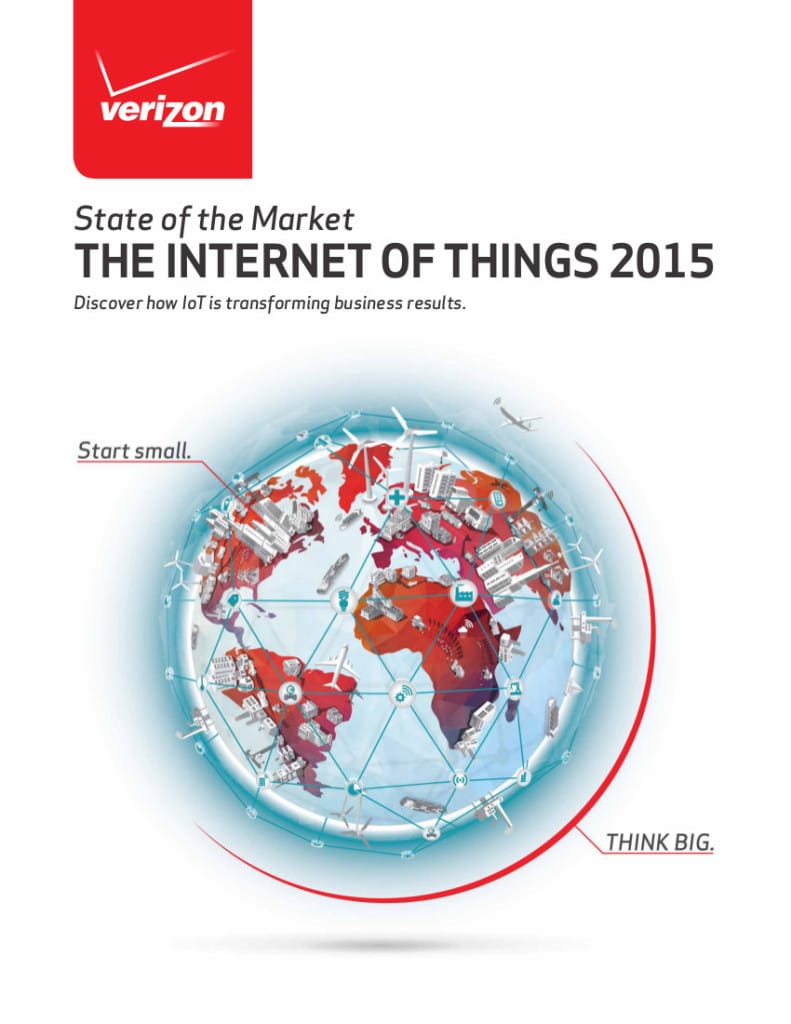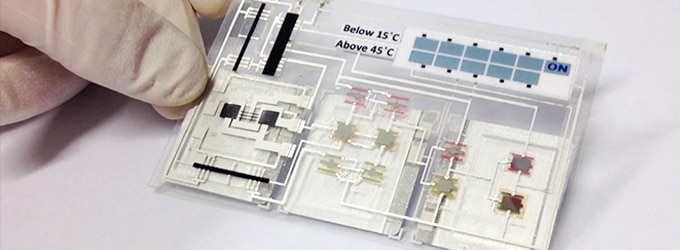In-brief: A report by Verizon finds business adoption of IoT is growing quickly, boosting that company’s Internet of Things numbers. But increased business adoption of IoT brings risks to privacy and security.
Tag: sensor
Gadgets That Spy On Their Owners
When the recent brouhaha erupted over Samsung SmartTV’s habit of harvesting ambient conversations and transmitting that data to unnamed third parties, we noted that Samsung was hardly alone. In fact, Security Ledger reported on identical behavior by LG television sets back in May, 2014. But, as this article notes, televisions aren’t the only sensor-rich devices that are seeing and hearing what goes on around us. Forget about Samsung or LG getting recordings of you laughing at The Daily Show, or foggy conversations you have about what to watch next. What about Microsoft Xbox Kinect, which includes sound, motion and infrared sensors that can track up to six individuals simultaneously? Also mentioned: Google Waze, Amazon Echo and GM’s OnStar. The question – as always- is about what privacy protections consumers should expect from connected devices. While all the above manufacturers sought “consent” from users in the text of verbose and legalistic Terms […]
Printable Smart Labels Warn When The Milk’s Gone Bad
What’s been called “The Internet of Things” or “The Internet of Everything” is a revolution in computing that has seen the population of Internet connected “stuff” skyrocket. By 2020, there will be an estimated 50 billion devices connected to the Internet (or whatever its called then). Today, the list of IP-enabled stuff is already long: phones, automobiles, household appliances, clothing. But, under the hood, a lot of these devices really aren’t much different from the PCs that grace our desks. They have hard drives, CPUs, memory, input devices, and so on. Most are still assembled in factories by humans and machines. This can be done cheaply and, in some cases, automated. But it’s still a labor-intensive and expensive process. But what if you could just “print” working electronics like, say, The New York Times prints its daily newspaper (at least for now!)? That would change everything. For one thing: […]



